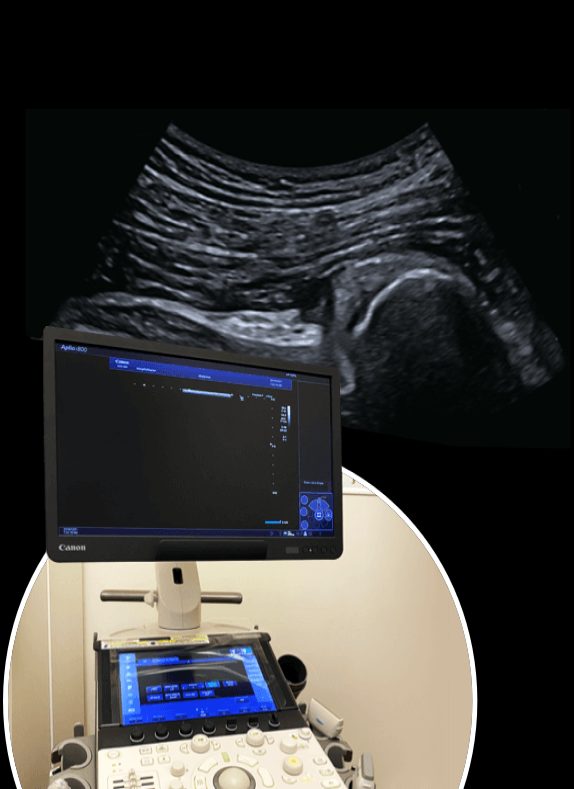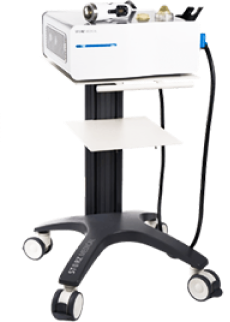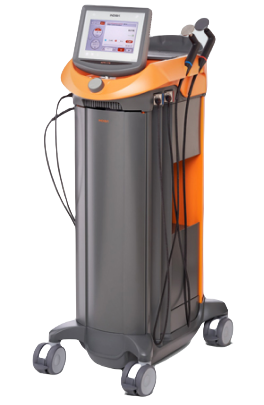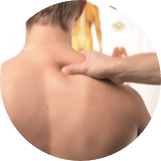Dr. Kalika’s path to expertise in treating myofascial disorders began in 1998, when he moved to Prague to be mentored by two of the world’s foremost pioneers in human movement science: prof Vladimir Janda MD PhD, and prof Karel Lewit MD PhD, the inventor of dry needling.
Dr. Kalika later went on to become an expert in diagnostic musculoskeletal ultrasound. He began to use ultrasound imaging to guide dry needling procedures, and he has published multiple scientific papers on the topic. He is considered one of the world’s top experts in ultrasound guided procedures.
Dr. Kalika’s extensive work with patients has led him to pursue the latest techniques for optimizing patient outcomes. He is certified in the Stecco Method of fascial manipulation therapy, with many years of experience in the approach, enabling him to better address the fascial component of myofascial pain syndrome.
Dr. Kalika uses diagnostic ultrasonography to clearly visualize the structural components that contribute to myofascial pain. In his 25 years of experience in treating patients with myofascial pain syndrome, he discovered that trigger points are only an expression of a greater underlying musculoskeletal condition.
Dr. Kalika uses ultrasound guided dry needling to relieve trigger points, a procedure for which he has published research and gained widespread recognition. Dry needling procedures and trigger point injections performed “blind” without ultrasound imaging only treat the symptoms, without resolving the underlying cause of trigger points.




































































